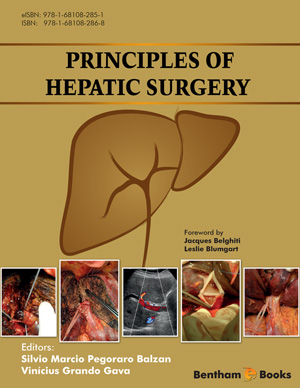Abstract
• Portal vein occlusion, through portal vein embolization or portal vein ligation, is a strategy used to induce hypertrophy of the future remnant liver (FRL) before extended hepatic resections.
• The ordinary indications for portal vein occlusion are: i) FRL ≤20% of the total liver volume in healthy hepatic parenchyma, ii) FRL ≤30% of the total liver volume inpatients submitted to systemic chemotherapy, and iii) FRL ≤40% of the total liver volume in the presence of chronic hepatic disease.
• Transarterial chemoembolization (TACE) is an effective palliative treatment for hepatocellular carcinoma (HCC) and the standard of care for unresectable HCCs. Randomized trials have shown long-term survival advantages with TACE when compared to best supportive care.
• TACE is an attractive palliative therapy for other tumors, such as intrahepatic cholangio carcinoma and metastatic disease from a variety of primaries (ocular melanoma, colorectal cancer, breast cancer, neuroendocrine tumors, renal cell carcinoma, and abdominal sarcomas).
• Hepatic malignancies can be destroyed through chemical or thermal ablation. Radiofrequency ablation and ethanol injection, percutaneous or intraoperative, are the most commonly used methods of local ablation for hepatocellular carcinoma and liver metastases. Results are promising but inferior to liver resection or transplantation.






















